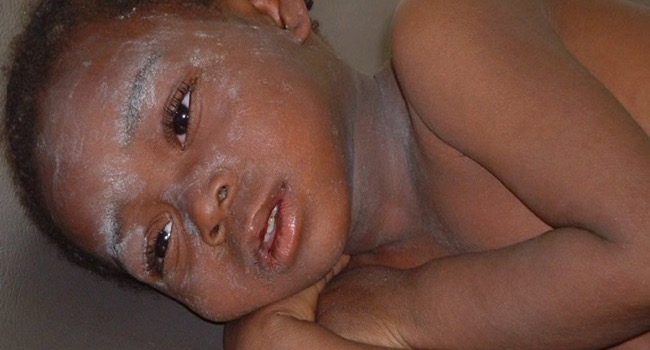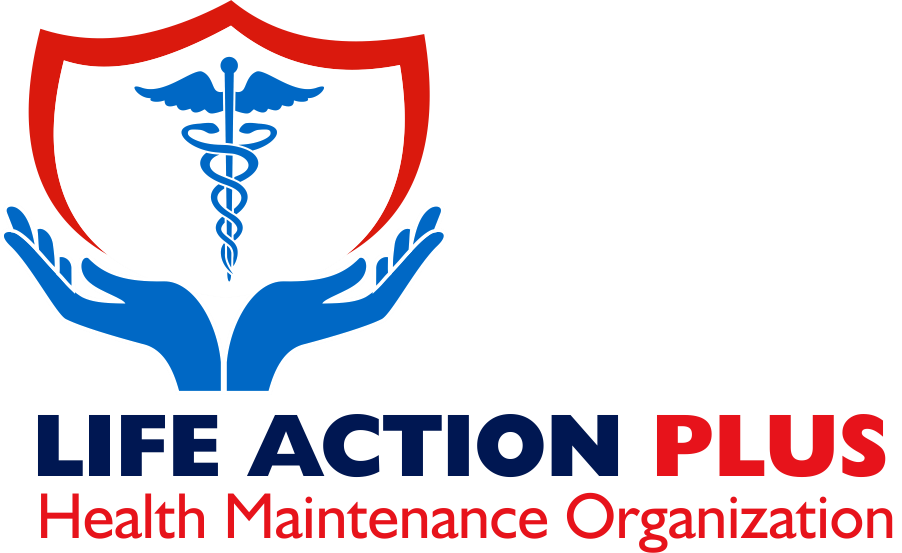Measles is one of the most infectious contagious diseases worldwide and it remains one of the leading causes of childhood mortality especially in areas with low rates of vaccination. The reason why it is so contagious is that it is airborne and spreads via tiny liquid particles that get flung into the air when someone sneezes of coughs. It can live for up to 2 hours in that airspace or nearby surfaces. If someone breathes in that air, or touches the surface, and then touches their eyes or their nose or their mouth, they can become infected.
It typically takes 10 – 14 days from the time the virus enters the body to the start of the symptoms. This is the incubation period. Once the symptoms starts, it has entered the Prodromal period, which typically lasts around 3 days, and starts with a high fever and the three C’s; cough, conjunctivitis, coryza (a stuffy/blocked nose). One to two days later comes the Enanthem (which is a rash in the mucus membranes that looks like salt grains on a wet background). These are called Koplik spots and are the small white spots that are commonly seen on the inside of the cheeks, opposite the molars. After these initial Prodromal symptoms comes the Exanthem phase (which is where red blotchy rash spreads across the body). In most cases, the rash fades after about 4 days and leads to the recovery phase (which can last for another 10 – 14 days). In general, infected people are most contagious starting from the final day of the incubation period, through the prodromal and the Exanthem phase.

After recovery, the affected person has life-long immunity. However, since it affected various organs like the lungs, intestines and brain, it can lead to complications like Pneumonia, diarrhea, and on rare occasions encephalitis, all of which can lead to death. In addition, measles can suppress the immune system for up to 6 weeks and this can contribute to major bacterial infections like Otitis Media and Bacterial Pneumonia. All of these complications are worst among young infants who typically have the highest rates of mortality during a measles outbreak.
For people who are immune-compromised; e.g. people with HIV or AIDS, their immune mediated responses are impaired that being said, if they get measles, they might not develop some symptoms that are a result of the immune system responding to the measles virus like the Enanthem or the Koplik spots or the Exanthem. These people though also have higher rates of pneumonia which contribute to a higher mortality rate.
Diagnosis
Diagnosis of measles is usually done via serology (looking for measles antibodies in the blood serum) and the disease is most likely to happen among unvaccinated individuals. The measles vaccine is usually given between 12 – 15 months of age and again between 4 – 6 years of age. In addition to the vaccine, another source of protection for young infants is their mother’s anti-measles antibody, which the foetus gets via the placenta and lasts until about 9 months of age.
Treatment
When measles does develop, there is a certain anti-viral treatment. Instead, the medications are generally aimed at treating superinfections, maintaining good hydration with adequate fluids, and pain relief.
Some groups are also given vitamin A like young children and the severely malnourished, which acts as a modulator that boosts the antibody responses to measles and decreases the risk of serious complications.


